Could life exist in extreme environments like Europa’s icy oceans?
Building foundations are critical to the structural stability and durability of any construction project. There are several types of foundations, each chosen based on factors like soil conditions, building design, and environmental factors. The major types include: 1. Shallow Foundations Shallow fouRead more
Building foundations are critical to the structural stability and durability of any construction project. There are several types of foundations, each chosen based on factors like soil conditions, building design, and environmental factors. The major types include:
1. Shallow Foundations
Shallow foundations are used when the load of the structure can be transferred to the ground near the surface. They are typically used for smaller buildings or in areas where the soil is strong enough to bear the load.
- Spread Footing Foundation:
- Widely used in residential buildings. The base is wider than the structure it supports, spreading the load over a larger area.
- Strip Foundation:
- Continuous strip of concrete under load-bearing walls. Commonly used for homes and light structures.
- Raft (Mat) Foundation:
- A large slab under the entire building that supports the weight of the structure, commonly used in areas with weak soil. Ideal for large buildings or where other types of shallow foundations aren’t suitable.
2. Deep Foundations
Deep foundations are used when the soil near the surface is too weak or unstable to support the structure. The load is transferred to stronger soil or rock deeper below.
- Pile Foundation:
- Long, slender columns driven or drilled deep into the ground. Pile foundations are used for heavy structures like bridges, skyscrapers, or in areas with poor surface soil.
- Drilled Shaft (Caisson) Foundation:
- Similar to piles but wider and filled with concrete after being drilled into the ground. Used for large structures like water tanks and bridges.
3. Specialized Foundations
These are used in unique situations or in areas with challenging environmental factors.
- Basement Foundation:
- A type of shallow foundation that includes an entire underground level, providing additional space and stability.
- Crawl Space Foundation:
- Raised slightly off the ground with a small gap beneath the structure. Allows for ventilation and easier access to utilities.
- Grillage Foundation:
- Used for heavy structures, such as bridges or industrial plants, to distribute loads over a large area of weak soil.
Each type of foundation has its specific use depending on the project’s requirements and environmental conditions. Proper evaluation of soil conditions and load requirements is essential before choosing the right foundation.
See less
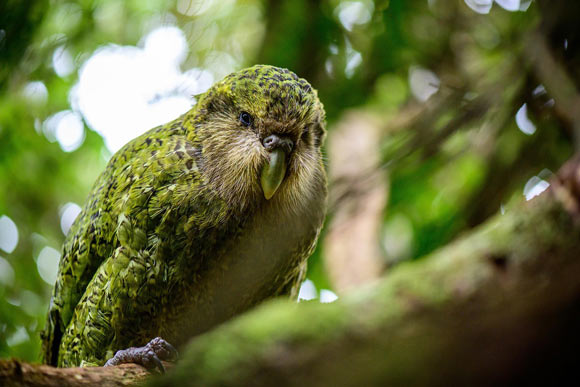
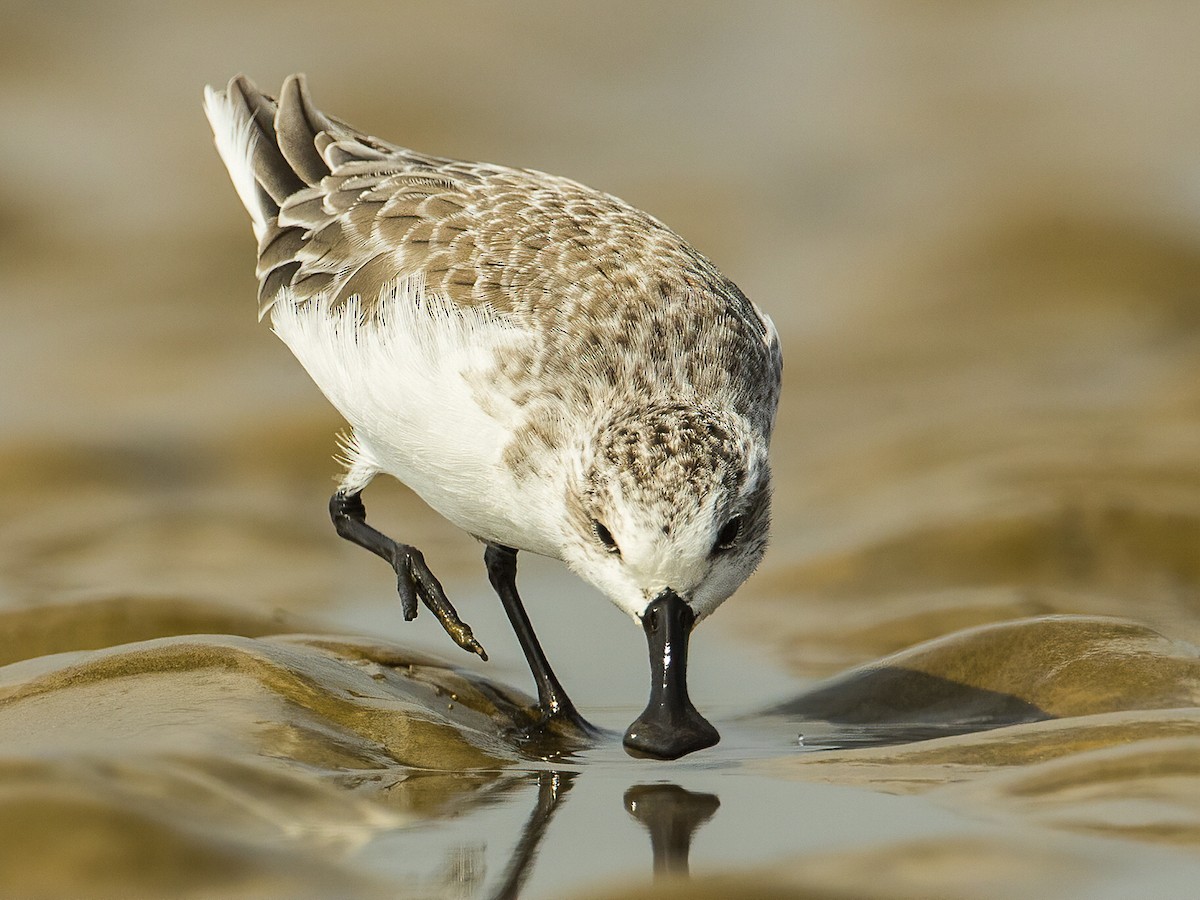
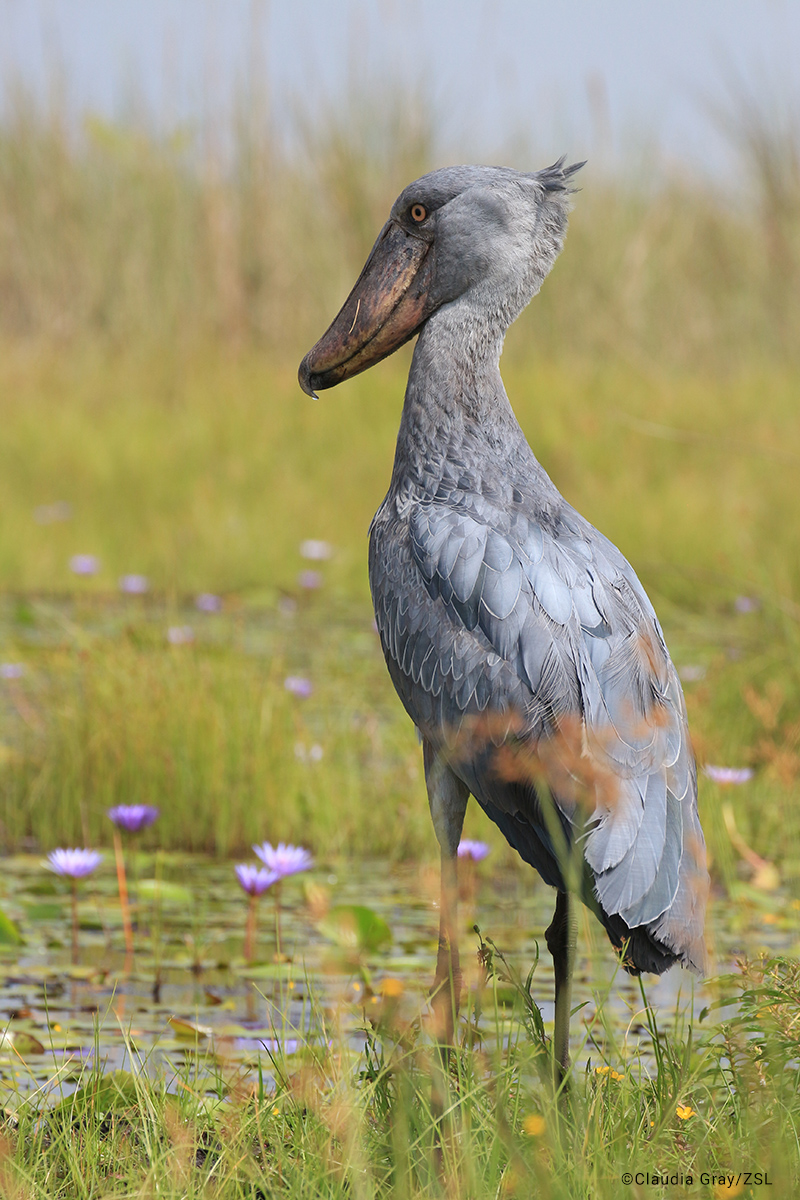
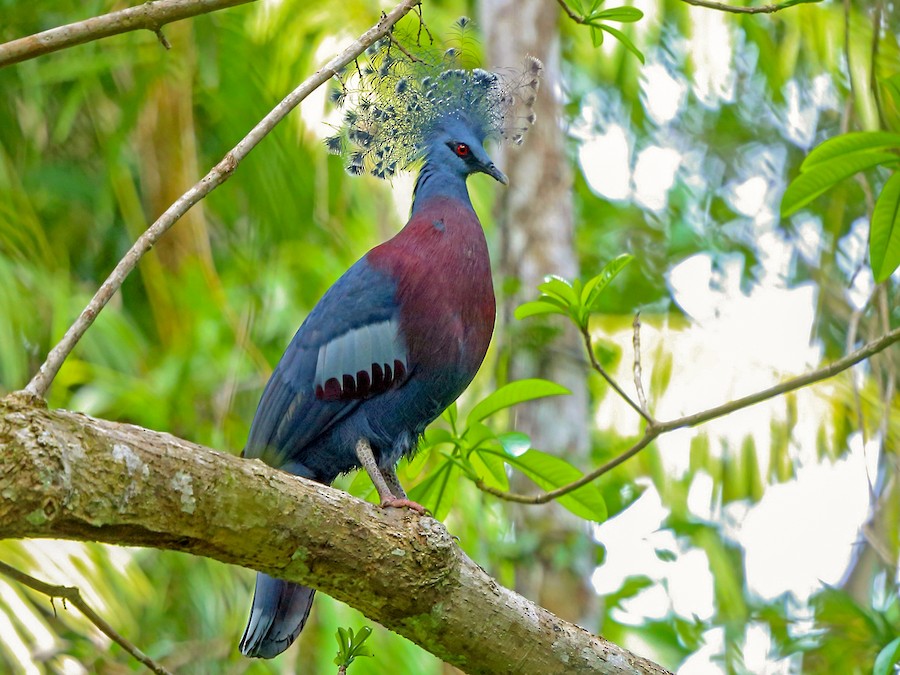
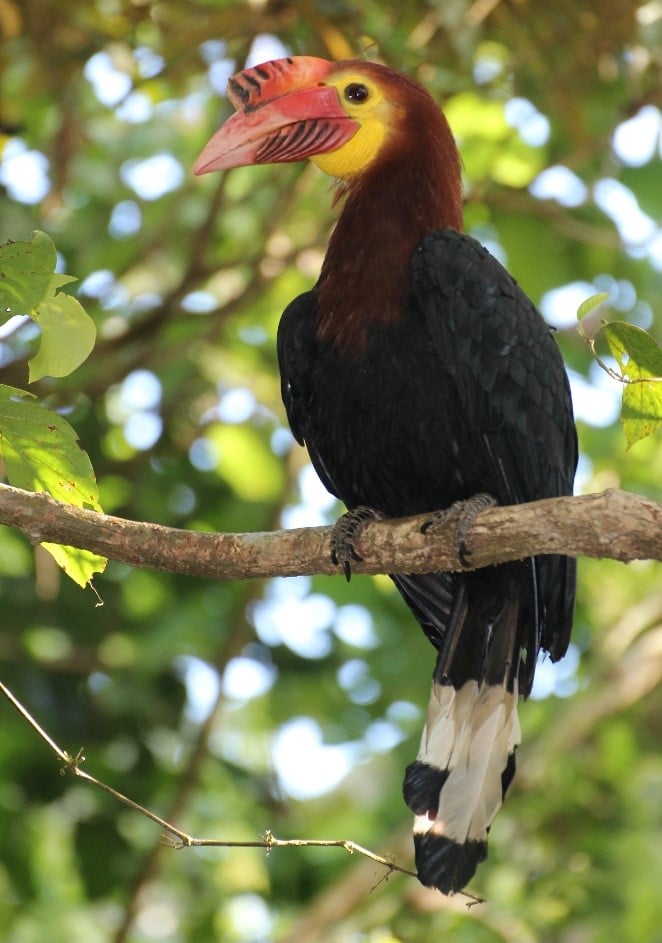

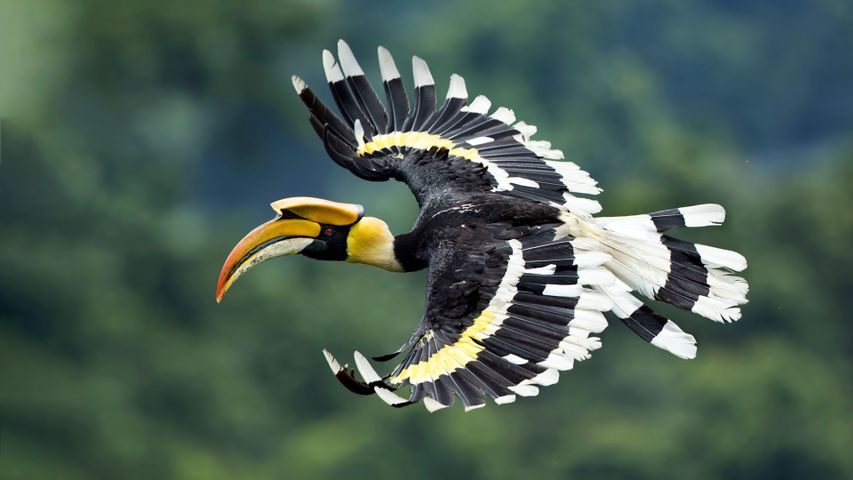
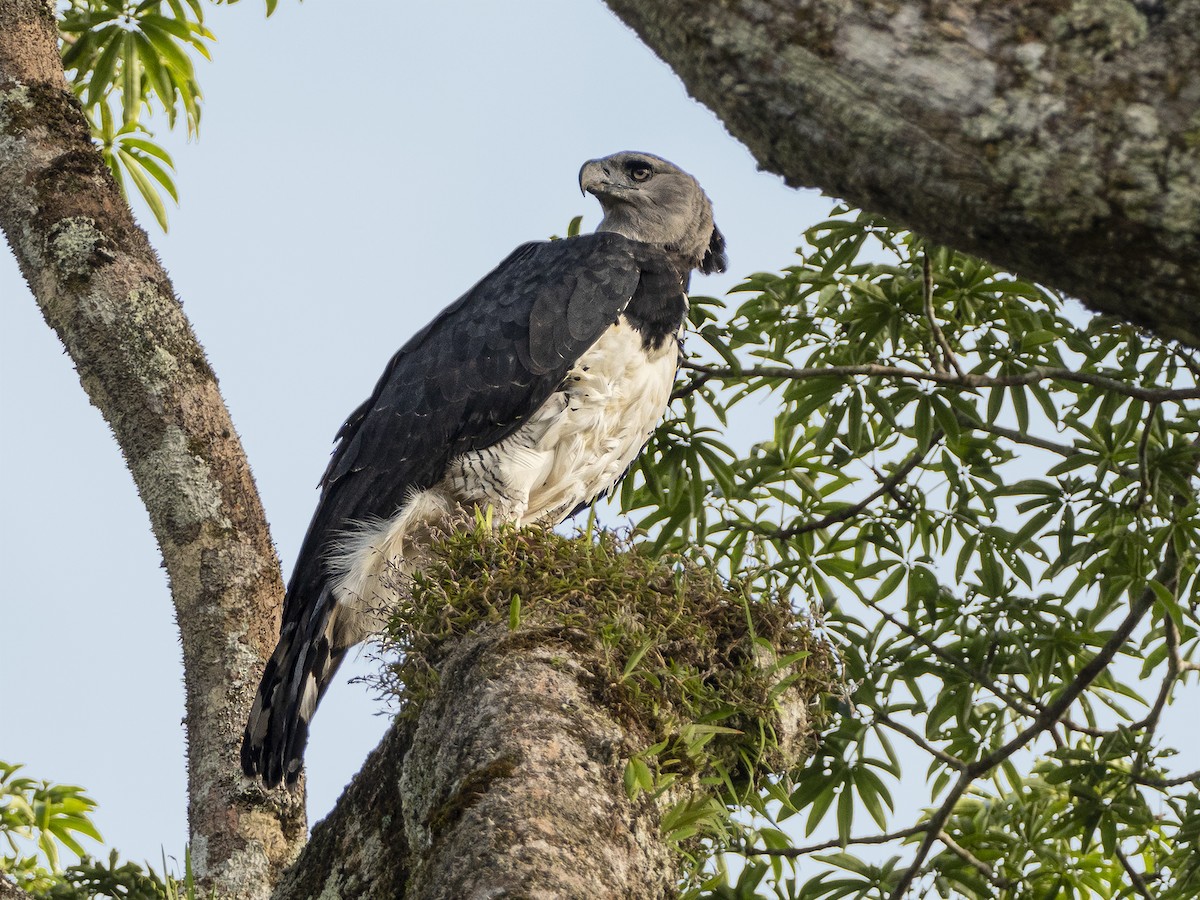
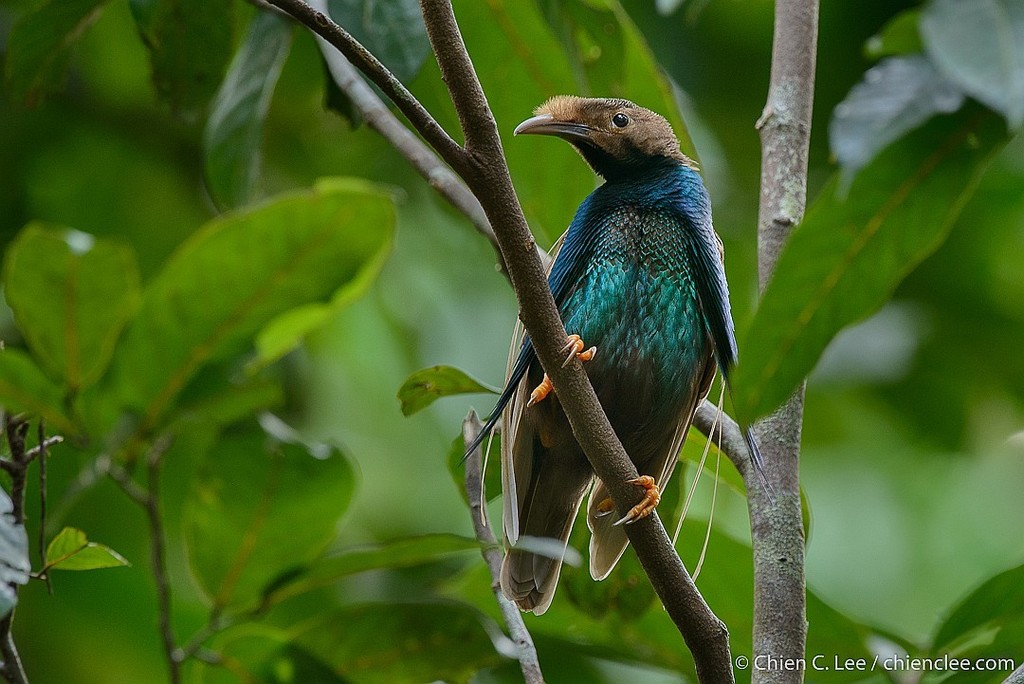
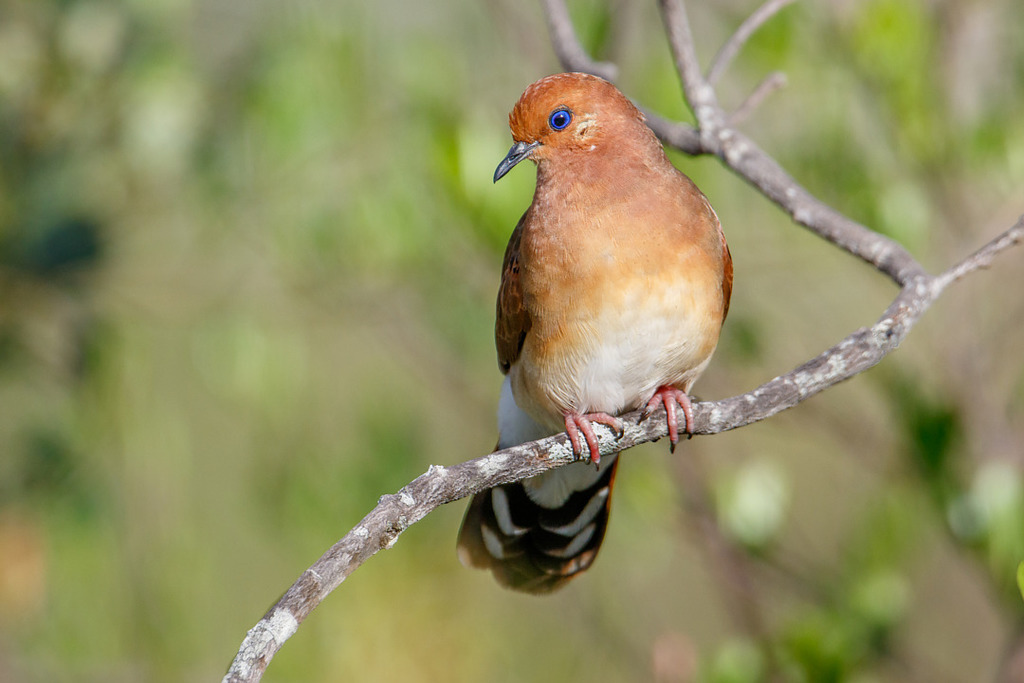
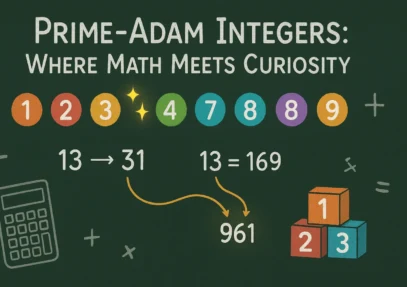



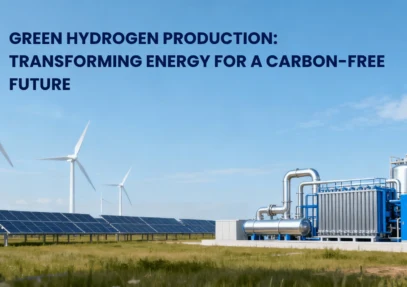
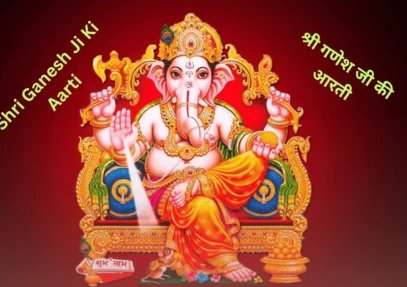
Yes, life could potentially exist in extreme environments like Europa's icy oceans. Europa, one of Jupiter's moons, has several features that make it a candidate for hosting extraterrestrial life, despite its harsh conditions: Key Factors Supporting Life on Europa Subsurface Ocean: Beneath Europa'sRead more
Yes, life could potentially exist in extreme environments like Europa’s icy oceans. Europa, one of Jupiter’s moons, has several features that make it a candidate for hosting extraterrestrial life, despite its harsh conditions:
Key Factors Supporting Life on Europa
Life in Extreme Earth Environments
On Earth, life exists in extreme environments, such as deep-sea hydrothermal vents, acidic hot springs, and frozen glaciers. These extremophiles demonstrate that life can adapt to harsh conditions, suggesting that similar life forms might exist on Europa.
Ongoing and Future Exploration
Missions like NASA’s upcoming Europa Clipper aim to explore Europa’s habitability by analyzing its surface and subsurface properties. If we discover signs of life, even simple microbial life, it would profoundly impact our understanding of life’s potential in the universe.
In conclusion, while it’s not confirmed that life exists on Europa, the moon’s environment is considered one of the most promising places in the solar system to search for extraterrestrial life.
See less